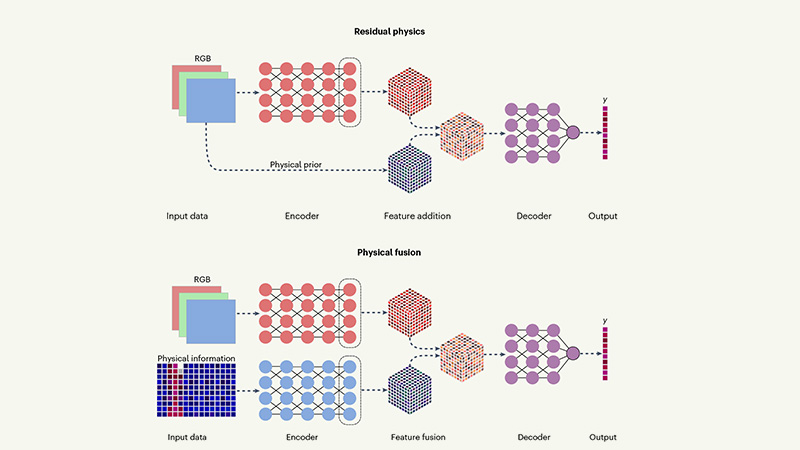
Teaching machine learning tools to detect specific objects in a specific image and discount others is a “game-changer” that could lead to advancements in cancer detection, according to leading researchers from the University of Surrey.
Surrey is set to present its unique sketch-based object detection tool at this year’s Computer Vision, Pattern, and Recognition Conference (CVPR). The tool allows the user to sketch an object, which the AI will use as a basis to search within an image to find something that matches the sketch — while discounting more general options.
Professor Yi-Zhe Song, leads this research at the University of Surrey’s Institute for People-Centred AI. He commented:
“An artist’s sketch is full of individual cues that words cannot convey concisely, reiterating...
Read More









Recent Comments